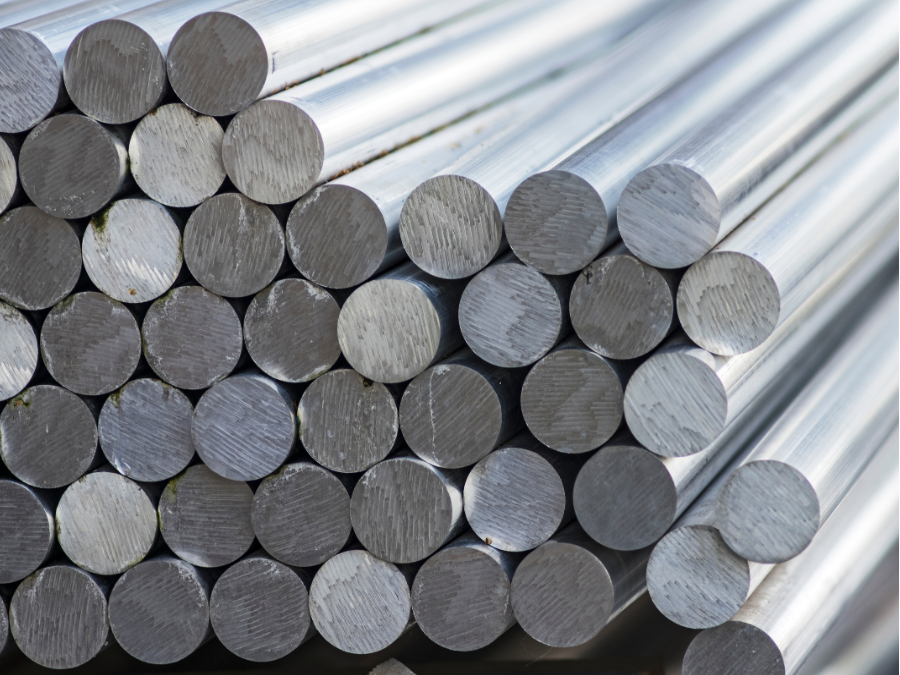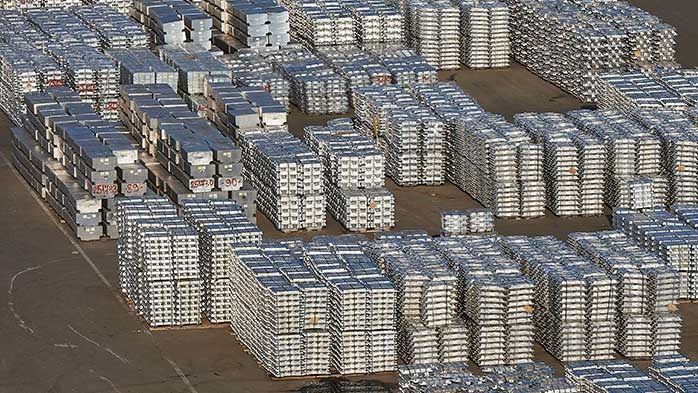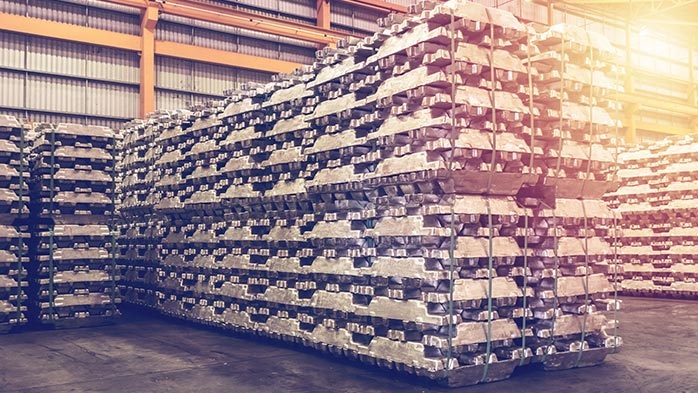Aluminum

Wittbecker: What comes after 'Liberation Day'?
Written by Greg Wittbecker
April 11, 2025
A week after “Liberation Day,” the global economy got a 90-day “stay of execution.” The Trump administration hit the pause button on many of its broad tariff measures, with the exception of China.
Despite the Beltway cheerleading, it’s far from certain this will bring a Golden Age of US manufacturing. The challenges in aluminum smelting are a good snapshot of the broader struggles in heavy industry.
Where is the power to drive manufacturing?
Challenges in gas
We keep hearing “drill, baby, drill,” but drilling is just step one. Transporting, refining, and delivering that energy to actually power a manufacturing resurgence is the real hurdle.
Forty-six percent of US power generation now comes from natural gas. But our infrastructure isn’t keeping up.
In 2024, there were 44 major Operational Flow Orders (OFOs), mandates that require utilities to rebalance gas flows due to disruptions. That’s a red flag. Longtime energy observers say our current gas system can’t meet growing industrial demand without major new investment.
And even if pipelines catch up, we’ve got a turbine bottleneck. A New York Times report recently flagged a five-year backlog on industrial gas turbines. Congress is now looking at invoking the Defense Production Act to support more production—but many key turbine parts are sourced offshore.
Will those parts get tariff exemptions? The administration says no. Something’s got to give.
The electrical grid is aging
Much of our grid was built in the 1960s and 1970s—and it’s showing its age. Refurbishing it is expensive and slow. US electricity is run mostly as a regulated monopoly, with tight state-by-state controls over pricing and profit margins.
What about all this stranded generation waiting to connect to the grid?
The Federal Energy Regulatory Commission (FERC) tracks this in something called the Interconnection Queue. As of year-end 2024, there were 2,289 gigawatts (GW) of generation capacity stuck waiting. That’s equivalent to about 15 billion megawatt hours (mWh).
To put it in context: annual Canadian primary aluminum imports into the US use about 38 million mWh of electricity.
So what’s the holdup?
Utilities are dragging their feet. In regulated markets, adding supply lowers prices—bad news for utilities still paying off older “stranded” assets. So, they’re not exactly racing to connect these new sources to the grid.
Inelastic demand for electricity from data centers
Goldman Sachs projects the US will need to spend $50 billion just to meet data center energy needs by 2030. Their power demand is expected to double from 4.4% to 8.8% of total US electricity consumption.
And their demand is inelastic—they’ll pay whatever it takes.
Recent purchases by Microsoft, Google, and Meta show data centers paying $100+ per mWh, a price point that knocks aluminum smelters out of contention entirely.
Data centers are influencing forward electricity prices
Forward contracts for electricity are already reflecting this pressure. The CME’s Indiana Hub (MISO) futures on April 7 priced the May 2025–December 2029 period at $65 per mWh.
We ran the numbers: Assuming standard alumina, carbon, and operating costs for a new aluminum smelter, and a 30-year life-span, the internal rate of return (IRR) came in at just 0.9%.
That’s nowhere near enough to attract capital. And this challenge isn’t limited to aluminum—any energy-intensive manufacturing will be up against the same wall.
New aluminum capacity is stalled
Getting access to affordable power is a dealbreaker.
At a panel in Washington, D.C., on April 1, Century Aluminum made that clear:
“We received a $500-million grant to kickstart the construction process, and the only reason why there aren’t shovels in the ground right now is because we’re struggling to get our energy contracts set,” said Matt Aboud, Century’s SVP of Strategy and Business Development. “The energy just isn’t there right now at a price that is affordable.”
So what’s the answer to these gas and electricity problems?
The Trump administration has some heavy lifting to do. A manufacturing resurgence won’t happen without much lower power costs.
One solution being floated: re-open or extend coal-fired plants. But even then, we still have to move the electricity—and transmission fees are rising fast.
Utilities are launching hundreds of transmission projects under the banner of “improving grid reliability,” but some insiders suggest it’s more about cash flow. Transmission fees—especially unregulated ones—have become a gold mine. FERC may need to step in and cap those rates to keep total power costs under control.
Data centers remain the wild card
In Canada, the government is already restricting power access to data centers. In the US, there’s growing talk of tiered electricity pricing, putting data centers in a higher-cost tier while keeping industry and retail users at lower ones.
We’ll see how that plays out—FERC and state-level commissions will need to weigh in fast.
Bottom line
As the old commodity saying goes: “The cure for high prices is high prices.”
Eventually, high electricity prices will attract new supply. And it’s already there, sitting in that interconnection queue.
The next move is up to FERC. They’ll need to force utilities to hook up the 2,289 GW of generation that’s ready and waiting. That’s the only way to bring prices back in line—and give US manufacturing a shot.
Greg Wittbecker
Read more from Greg WittbeckerLatest in Aluminum

The Value Trap: USMCA compliance paradoxes
A counterintuitive aspect of the 25% tariffs on autos is these percentages are measured in value, not by weight or part count. That means a few costly imported parts can outweigh dozens of cheaper local ones – and vice versa.

Aluminum takeaways after ‘Liberation Day’
If you import aluminum products, here’s where things stand after President Trump's "Liberation Day."

Tariffs are easy to announce, but hard to track
Announcing tariffs is easy. Implementing them at the border? That’s a whole different ball game.

Wittbecker: The United Arab Emirates’ Emirates Global Aluminum US smelter project
The United Arab Emirates’ Emirates (UAE) Emirates Global Aluminum (EGA) announced plans to spend $1.4 trillion dollars in the US over the next 10 years, including a greenfield primary aluminum smelter. Is this real or another soundbite?
